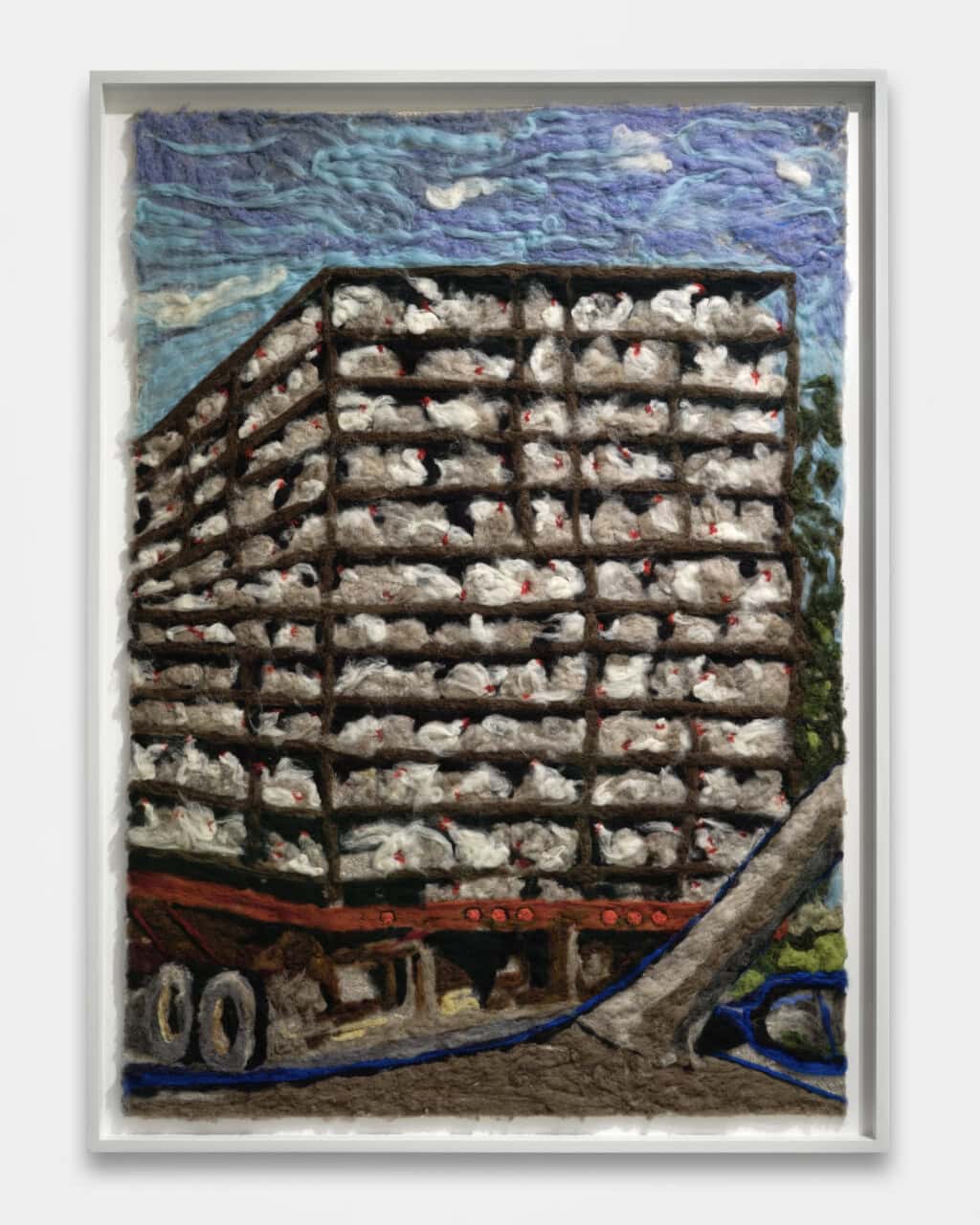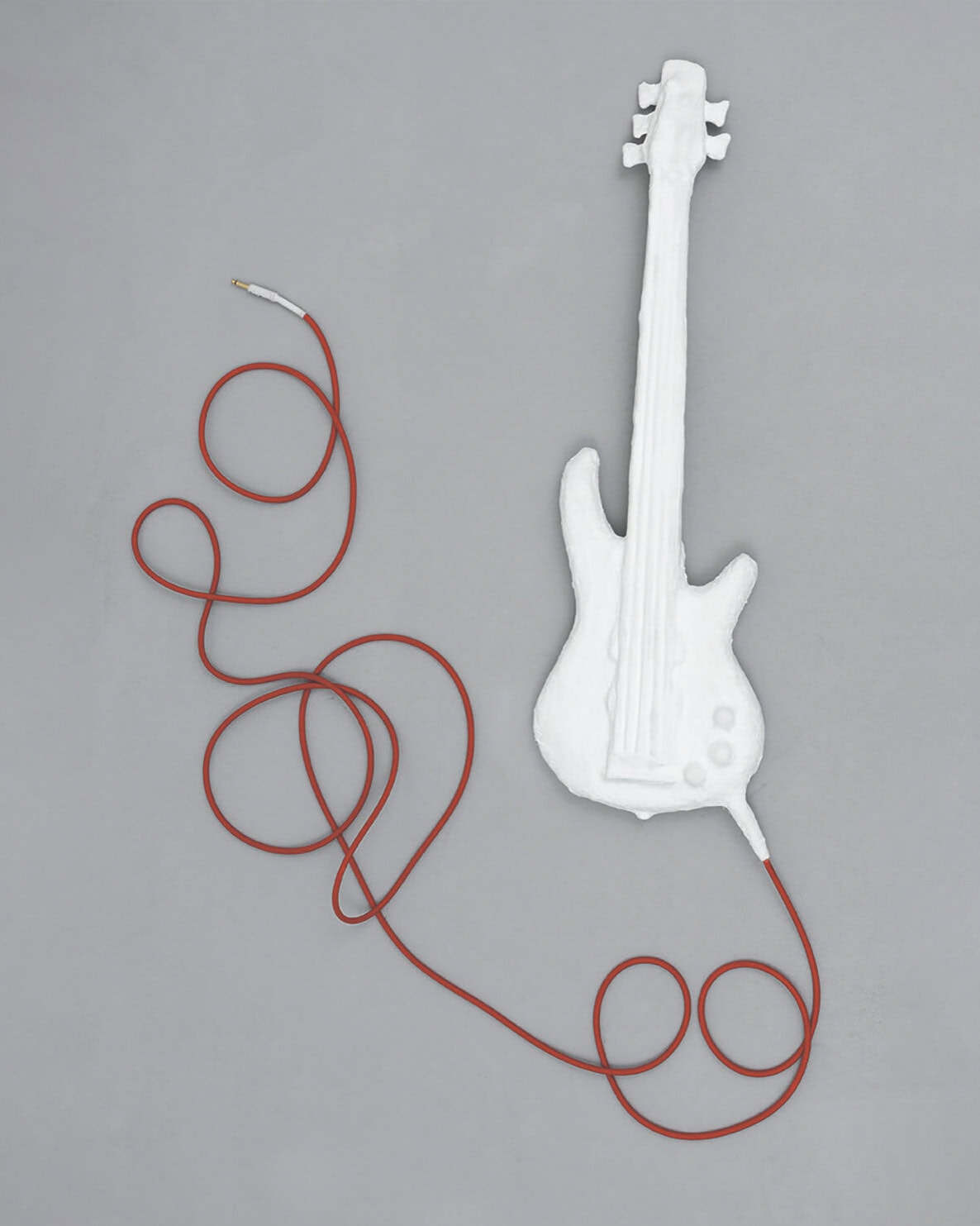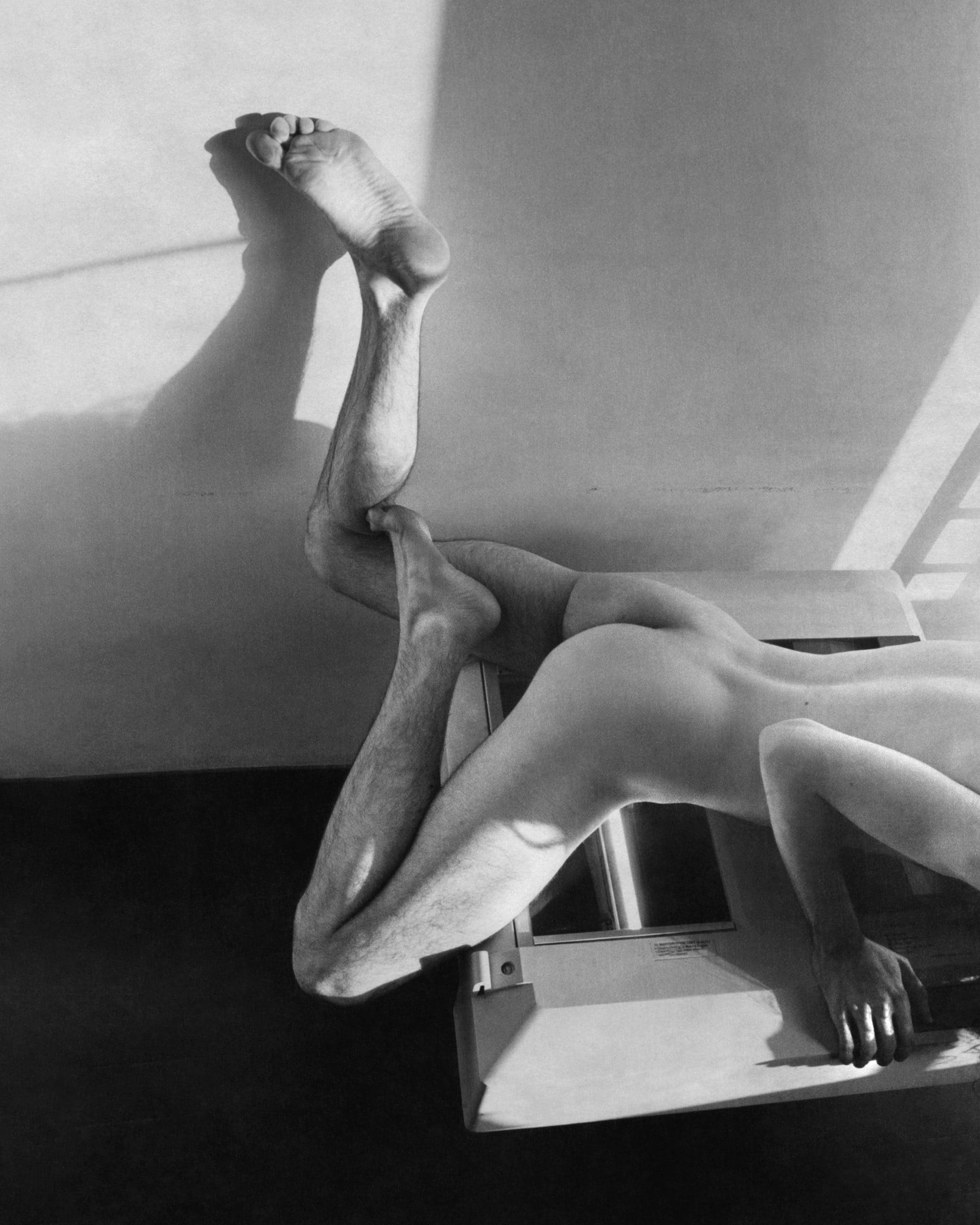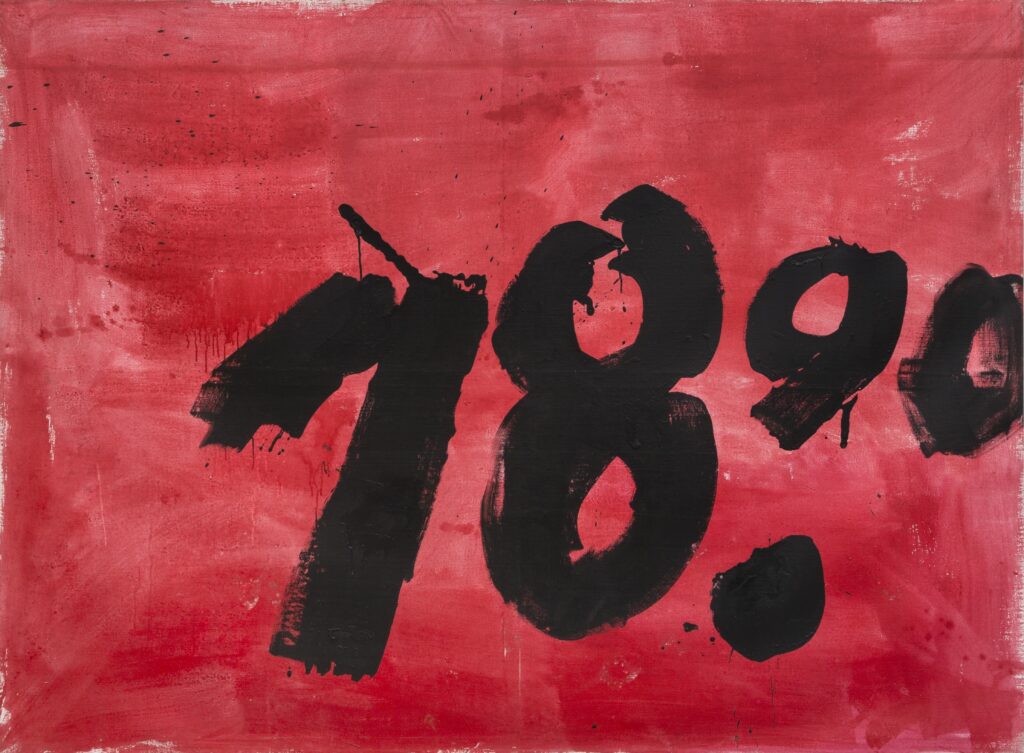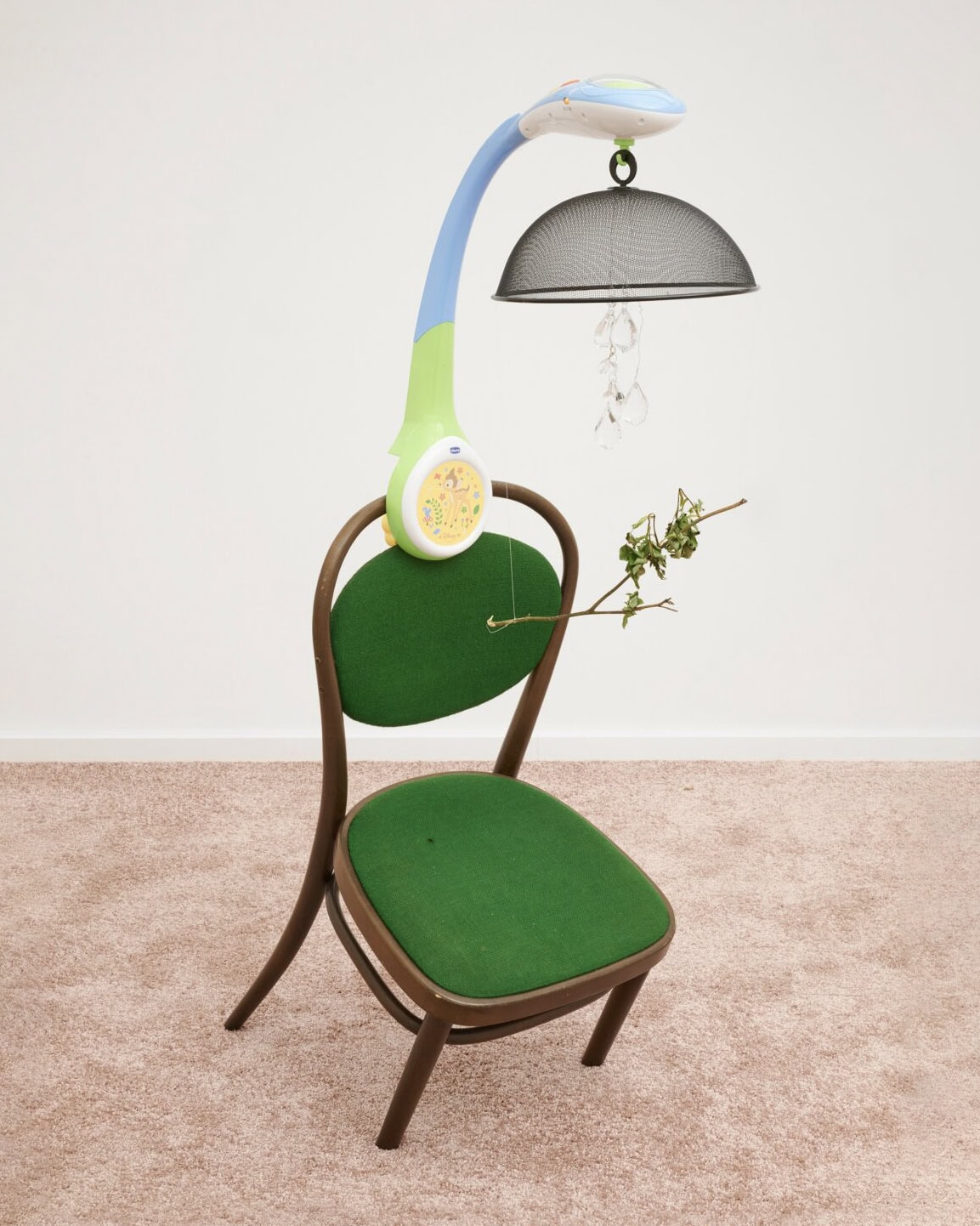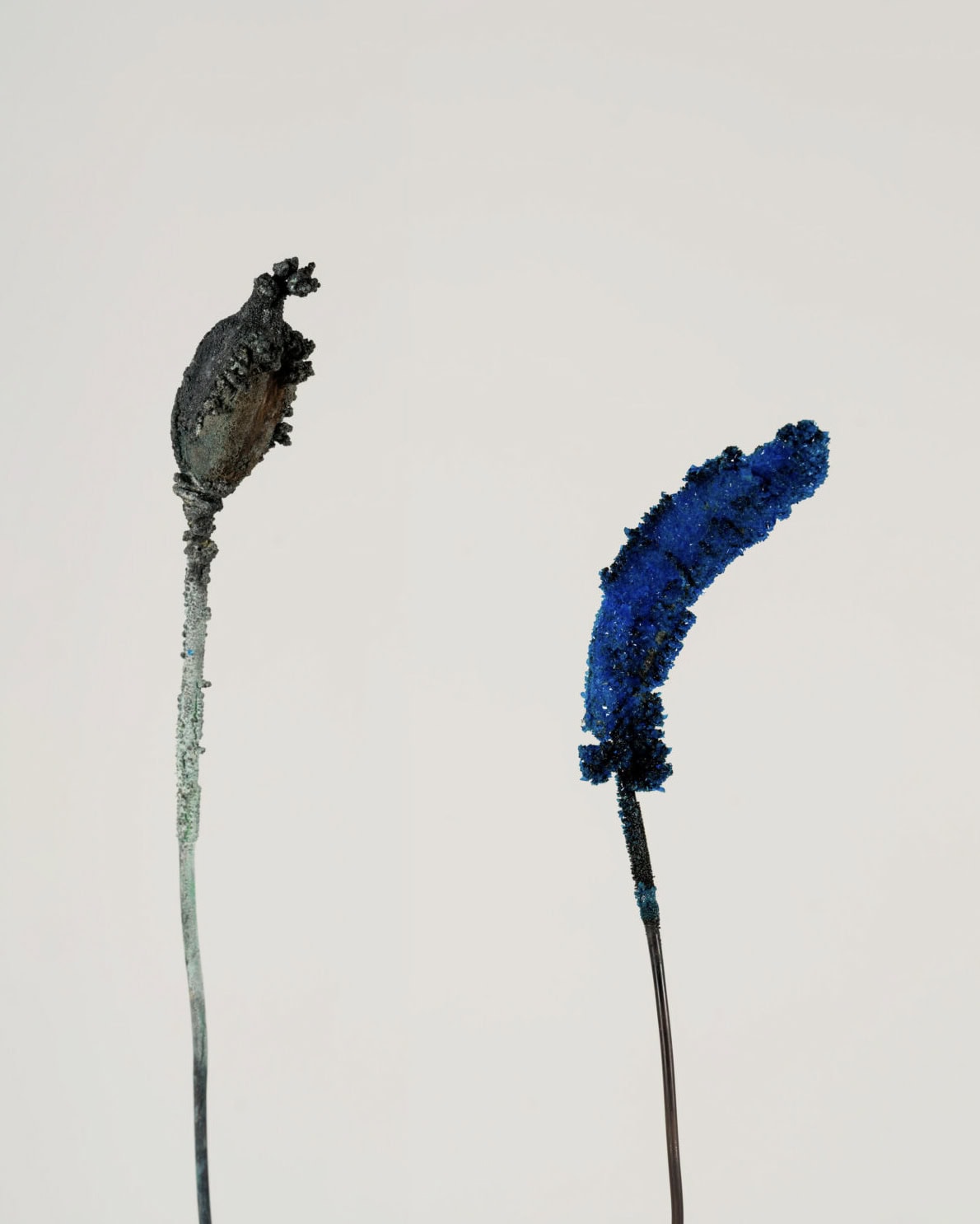This past weekend, Berlin pulsed with creative energy as it welcomed guests from around the world to the 21st edition of Gallery Weekend Berlin. Spanning over 50 galleries, the event unfolded as a city-wide invitation to explore contemporary art in its many forms—simply by stepping into spaces that are typically reserved for the art world’s insiders. What sets Gallery Weekend Berlin apart is precisely this accessibility: no velvet ropes, no exclusive VIP rooms—just open doors and open conversations with art.
The quality of work presented throughout the city was remarkably consistent, with both emerging and established artists showing side by side. At Galerie Buchholz, Anne Imhof’s Cold Hope commanded the space with its large-scale paintings—raw, gestural works that moved between abstraction and angst, capturing a kind of emotional turbulence that felt both deeply personal and universally adolescent. A few streets away at Galerie Crone, Anthony Goicolea’s Double Standard offered a quieter intensity. His emotionally layered paintings, often centered on queer identity and personal mythology, navigated a kind of searching—a longing for meaning that felt spiritual and grounded all at once.But it wasn’t only the galleries that left a mark. The opening of private collections, such as the Boros Collection and the Feuerle Collection, added another layer to the weekend. Visiting the Boros Collection—housed in a converted WWII bunker—was a powerful reminder of how space and history shape our experience of art. It’s a place where contemporary works live in dialogue with Berlin’s complex past. In contrast, the Feuerle Collection, with its serene presentation of Imperial Chinese furniture and ancient Southeast Asian art, created a meditative, almost sacred environment.
What makes Gallery Weekend Berlin so compelling isn’t just the caliber of art on display—it’s the model itself. Organized by the galleries, rather than large institutions, it reflects a kind of ground-up initiative that prioritizes community, autonomy, and direct engagement. In a time when much of the art world feels consolidated and increasingly corporate, this decentralized format is refreshing. It brings focus back to the spaces where artists and curators are in active conversation and allows for more fluid, intimate experiences with art.
Recognizing the cultural importance of this initiative, BMW returned as a long-time partner and sponsor—this year also launching the new Gallery Weekend Art Talks. Held in the iconic Neue Nationalgalerie, these talks created space for public dialogue between artists, curators, collectors, and patrons. One highlight was the BMW Art Talk: “Why and How to Support Art,” which brought together figures like Karen Boros, Eva Leinemann, and Azu Nwagbogu to discuss the evolving landscape of art support—from private collections to global platforms. BMW’s presence wasn’t just financial—it was thoughtful and actively engaged, reinforcing the company’s ongoing commitment to cultural dialogue and artistic innovation.
As the weekend wrapped up, what lingered wasn’t just the memory of great exhibitions, but the feeling that Berlin had, for a few days, offered a different kind of art experience—one built on openness, exploration, and the belief that contemporary art should be both seen and felt. In a city where art is embedded into the urban fabric, Gallery Weekend Berlin served as a reminder that powerful cultural experiences don’t always require red carpets or institutional walls—just an open door and a willingness to look closely.

